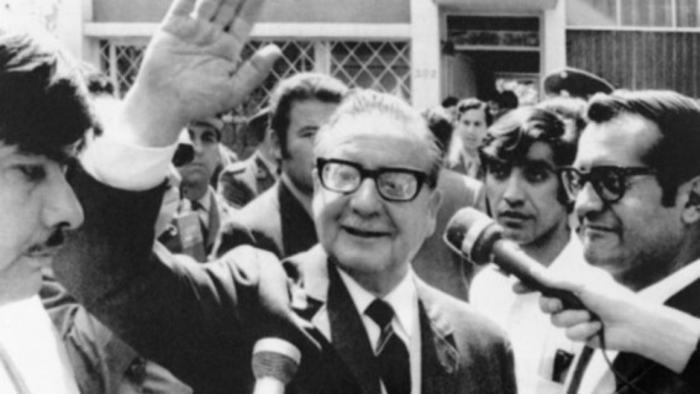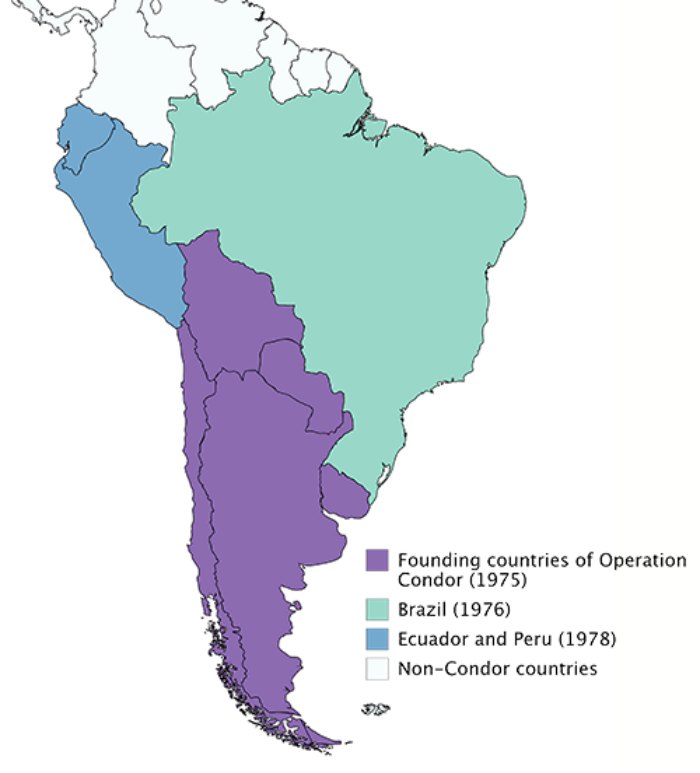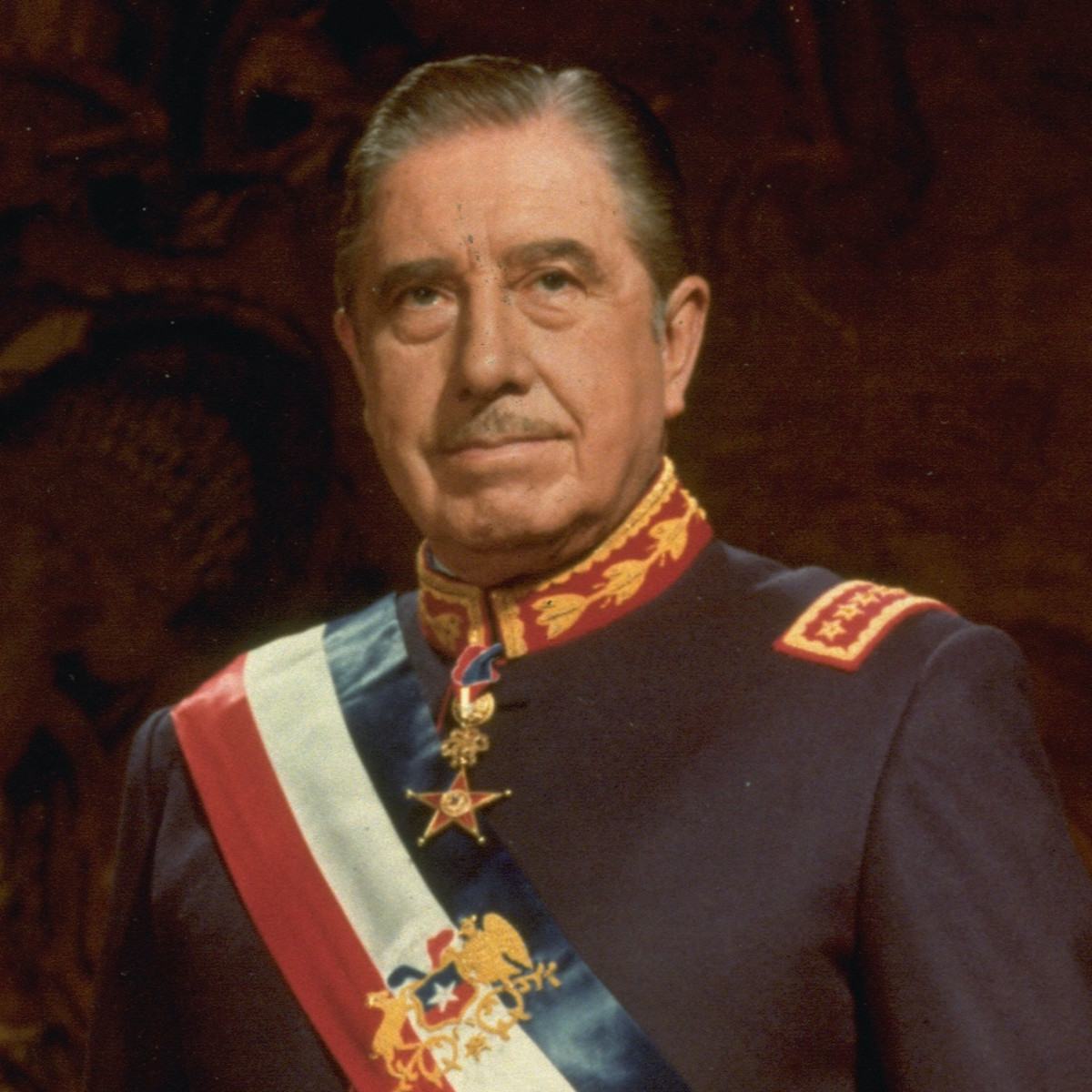Against the background of the Cold War, Latin America in crisis was the site of several coups during the twentieth century. The situation in Latin America had deteriorated to a crisis level by the 1960s. The latter had a negative agricultural and industrial balance and was in debt to private banks. Economic and political turmoil, highlighted by civil conflicts in Uruguay with the Tupamaros rebels, hit nations throughout the Andes and Southern Cone. This included Peru, Ecuador, and Bolivia. As a result of this crisis, there was an atmosphere conducive to coup d’états and, in some cases, dictatorships.
- Countless military coups
- National security doctrine-inspired coup d’états
- The progressive regimes in the Andean countries
- The anti-communist dictatorships in the Southern Cone
- United States’ covert backing of the Latin coups
- Operation Condor: The Union of the Southern Cone and International Anticommunism
- Was operation condor successful?
Countless military coups

Brazil was the site of the ’60s’ first anti-Marxist counter-revolution. In 1964, the populist president Joao Goulard was ousted from office because he was accused of trying to “Cubanize” Brazil. It’s worth noting that the businessmen, middle classes, and landowners who didn’t want a unionist republic backed the military, therefore the coup was able to pass without any pushback from the general populace. Sao Paulo and Recife residents marched in solidarity with them. The military establishment forced Congress to elect Marshal Castelo Branco as General President.
On September 11, 1973, a coup d’état took place in Chile. The Moneda Palace in Santiago was destroyed by an army invasion. As the danger grew, President Allende chose suicide over capitulation. Pinochet was installed as General President that night after the four army corps seized control. There were no demonstrations or active resistance from the public, just as there had been in Brazil. Indeed, the unions did not have time to call a strike in the face of the Putsch’s swiftness.
Because of the Tupamaros’ battle, Uruguay’s state militarization was progressing in a more extreme direction than it would have been otherwise. The president was finally deposed in January 1976, marking the successful culmination of the coup d’état. In Argentina, the counterrevolutions persisted as well. Lieutenant General Jorge Raphael Videla was installed as president the day after his detention in a coup d’état led by three chiefs of state on March 23, 1976.
Nationalist and socialist revolutions occurred in Ecuador in 1961 and 1972, when dictator Velasco Ibarra was twice removed by Guillermo Rodrguez Lara, and in Peru in 1968, when the military dictatorship of Alvarado was overthrown. General Juan Velasco Alvarado led a reformist coup d’état in Peru. The desire to achieve economic and social betterment legitimized these uprisings. The need for growth was a driving factor in the counterrevolutions, but the Cold War and American influence were also important factors.
National security doctrine-inspired coup d’états
The military’s desire to seize power and create a new administration was motivated by the idea of national security. Under the motto “Security and Development,” the Brazilian Army established the Brazilian War College in 1949. It established training programs for counter-revolutionary armed struggle. The 1957 book Geopolitics of Brazil promoted this ideology. Marxism was seen as an existential danger and a deadly contagion, and this negative outlook dominated the discourse.
This philosophy was also a long-term plan to prepare a country for a third global war, which the growth of the Soviet Union might have sparked. It entailed a program of growth via foreign investment and military repression. To this end, military culture tended to be more authoritarian and scientific than civilian culture.
The United States has had an impact on Latin American nations via its stance of condemning communist activities in the region since 1954. Pinochet portrayed himself as the ultimate defender against the communist threat in this way. By adopting this theory, the armed forces were able to rationalize their power grab on the grounds that they had to ensure the safety of the country.
The progressive regimes in the Andean countries

Coups d’état in certain nations ushered in reformist governments that prioritized economic growth. The Peruvian armed forces made the bold choice to usher in modernity and social democracy. President Alvarado stressed the need to cultivate a sense of community. For this reason, the year 1969 saw the implementation of an agricultural reform that made it possible for large domains to become communities with a social mission. Non-alignment and hostility to imperialism are vital to Peru’s pursuit of security and peace.
General Guillermo Rodriguez, who called himself a “social-humanist,” reformed Ecuador’s agricultural system and expanded wage labor to the rural areas, among other reforms. Because of his 1973 decision to allow Ecuador to join OPEC (the Organization of Petroleum Exporting Countries), he reaped the rewards of the country’s oil riches. Having discovered its good fortune in having oil, this nation set out to increase oil output. Even among Latin American nations, it surpassed Venezuela as the region’s second-biggest exporter.
There remained dissatisfaction in Bolivia despite the country’s success. The army constructed educational institutions, airstrips, and health outposts, but by the mid-1970s, things had only become worse. Strikes and unpopular changes proliferated, and inflation skyrocketed. From 1971 until 1978, General Banzer ruled as a dictator of this nation. The latter adopted a national security policy, much like the Southern Cone. It is thus noteworthy that in 1979, a woman was elected for the first time in the nation; Lidia Gueiler Tejada became president of the republic.
The anti-communist dictatorships in the Southern Cone
In the wake of Brazil’s military coup, the country’s constitutional protections were eroded and the country’s political parties were supplanted by the government-serving ARENA (National Renewal Alliance) and the military-backed MDB (Brazilian Democratic Movement). The Habeas Corpus, which guaranteed people a fair trial in the event of their detention, was abolished by this exceptionally repressive dictatorship, and it also censored the press and banned public assemblies. The term of office for the president was also increased to six years under the new constitution.
The military in Uruguay halted all political activity, forbade the creation of left-wing groups, and silenced the media and the academic community. The JCR Revolutionary Coordinating Junta was formed as an organization to coordinate revolutionary leftist opposition. In 1973, militants from the Tupamaros movement and the rest of the guerrilla group created by Ernesto Guevara came together in Chile to form this organization. The Chilean coup d’état put a halt to this movement.
Chile and Argentina also installed anti-communist dictatorships. After taking power in 1973, Pinochet instituted a program of terror with the establishment of the National Intelligence Directorate (DINA) and, later, the National Information Centre (CNI) in 1977. The DINA was the branch of the Chilean police force in charge of rounding up political dissidents. A paramilitary organization in Argentina was formed to hunt out and kill communists. It was José López Rega’s killing squad, the Argentine Anti-Communist Alliance. The Montoneros Peronistas, a radical leftist armed organization, were the target of this coalition’s assault.
The possibility of global instability was significant during the Cold War. The two possible outcomes of the coups d’état that are part of a program of security and development are discussed. There are two main types of governments: those that are progressive and anti-imperialist, and those that are oppressive and anti-communist. Because of its established structure, the army was a potential tool for gaining influence. It was financially self-sufficient, and its command of military forces served as a potent deterrent. This anti-communism was seen not just at the national level, but also on the global stage, with the United States working closely with the Southern Cone union.
America actively promoted and backed anticommunist dictatorships in Latin America throughout the 1970s. As a result of McCarthyism and the ideology of national security, the military regimes expanded their repression from a regional to a continental scale. The nations of the Southern Cone were able to unify behind the Operation Condor to root out communism throughout the region because of financial and military cooperation. This bleak time is defined by kidnappings, torture, and planned murders.
United States’ covert backing of the Latin coups

Irrespective of popular belief, American support did not peak in the ’60s and ’70s. Bilateral agreements of military assistance (from 1951 onwards) intended to provide Latin American officers with military training and theoretical education were the foundation for this cooperation. In addition to providing training, the military helped supply electrical equipment that was used to torture suspected subversives.
Many people believe that the United States was behind the recent military coups in Brazil and Chile. A historian from the University of Rio de Janeiro claims that then-U.S. Ambassador to Brazil Lincoln Gordon prepared a study outlining the potential for an extreme left-wing insurrection in the case of foreign interference in Brazil. The CIA was accused of paying 35,000 USD to a group of Chilean military men in order to support the killing of General René Schneider, a commander-in-chief loyal to Allende, in order to help in the counter-revolution in Chile. In 1970, the latter received a fatal injury.
The CIA supported the 1973 military coup in Chile because of its distrust of Salvador Allende’s socialist rule and the backing of the Chilean Communist Party. As a result, the American intelligence agency provided financial backing to the truckers’ strike movement in October 1972. Although CIA papers show that Pinochet’s secret police commander (DINA), Manuel Contreras, worked for the CIA in 1975, State Councilor Henry Kissinger long denied U.S. participation in the coup.
Operation Condor: The Union of the Southern Cone and International Anticommunism
To eradicate communism from Latin America, dictatorships throughout the region banded together. Operation Condor was a joint effort by Chile, Paraguay, Argentina, Uruguay, Brazil, and Bolivia to root out followers of the extreme left. “Operation Condor is the code name for the collection, exchange and storage of intelligence data concerning leftists, communists and Marxists which was recently established between the cooperating services in South America.” wrote FBI attaché in Buenos Aires Robert Scherrer on September 28, 1976, to the Washington leadership.
Manuel Contreras, head of the DINA, conceived and oversaw the Operation Condor mission. Beginning in early March 1974, law enforcement officials from Chile, Uruguay, and Bolivia gathered in Bolivia to plot the extermination of refugees in Peron’s Argentina. The meetings accelerated in 1975, culminating in the official formation of Operation Condor on November 25 of that year. To be fair, arrests and prisoner swaps really started in 1974 and 1975, respectively. Almicar Santucho and Jorge Fuentes, both of the Revolutionary Coordination Junta, were detained in Paraguay on May 16, 1975.
In Chile, 119 members of a radical left-wing group called the Revolutionary Left Movement were discovered dead in the same year. The Argentine Anti-Communist Alliance, responsible for the massacre, launched a misinformation operation called Operation Colombo in an attempt to atone for the deaths and hide their tracks. Neither Europe nor North America were directly involved in the killings; rather, they occurred far from Latin America. Former Salvador Allende minister Orlando Letelier was bombed to death in Washington, DC, on September 21, 1976, by ex-CIA agent and DINA operative Michael Townley. The DINA was abolished in 1977 and replaced by the Central Nacional de Informaciones or National Information Center (CNI).
Was operation condor successful?
The Montoneros were a Peronist political-military organization that kidnapped Argentinean troops in June 1980 in Peru. They wanted to restore a national socialist dictatorship. Estimating how many people were harmed by the Operation Condor is problematic. The Argentine Human Rights Commission estimates that 50 thousand people have been killed, 35 thousand have vanished, and 400 thousand have been thrown in jail.
Still, questions remain about when the Operation Condor (or Plan Condor) will be completed. Even in the middle of the 1990s, there were still bilateral intelligence interactions between Latin American countries. Actually, CAA conferences kept happening in Argentina in 1995 and Ecuador in 1997. In addition, in March 1999, the Bolivian army hosted a military intelligence conference that was attended by representatives from the United States and many nations in the Southern Cone. The CAA is the Conference of American Armies, for your information. It was founded in 1960 by American general Theodore F. Bogart in response to the Castro revolution and its goal of protecting the continent from communism.
As far as we can tell, this group is still functioning based on other indicators. Current developments, especially in Venezuela, Colombia, and Peru, or the ‘Plan Colombia,’ highlight the persistence of political violence by the counter-insurgency, whether official or paramilitary. The United States has been funding Plan Colombia since 1999, and it is meant to bring peace and prosperity to the country. It targets Marxist insurgents in order to achieve its goals of institution building, drug prohibition, disarmament, and peasant relief.
Anti-communist dictatorships have adopted the United States’ arbitrary methods, including McCarthyism, to combat communism and have resorted to international terrorism. The governments resorted to intimidation, kidnappings, and extrajudicial killings. After a period of social radicalization and the ascent to power of revolutionary parties, the nations of the Southern Hemisphere entered an age in which these parties were systematically and violently eradicated.


